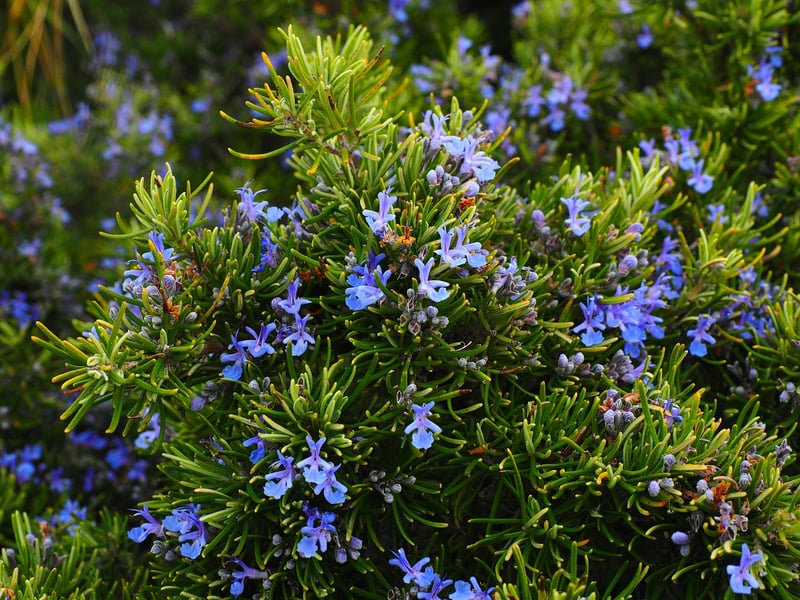Herb Harvesting
Enjoy the Fruits of Your Labor: A Guide to Herb Harvesting

Herb harvesting is a rewarding and enjoyable activity that allows you to savor the flavors and aromas of your garden year-round. Whether you are a seasoned gardener or just starting out, learning the art of harvesting herbs can elevate your culinary creations and provide numerous health benefits.
1. Timing is Key
Harvest your herbs in the morning after the dew has dried but before the sun is at its peak. This is when the essential oils in the herbs are at their peak concentration, giving you the best flavor and fragrance.
2. Use the Right Tools
For herb harvesting, you'll need sharp scissors or pruning shears to make clean cuts without damaging the plant. Avoid tearing or crushing the leaves, as this can affect the flavor and longevity of your herbs.
3. Harvesting Techniques
When harvesting leafy herbs like basil or mint, pinch off individual leaves or snip off the stem above a pair of leaves to encourage bushier growth. For woody herbs like rosemary or thyme, cut stems from the outer parts of the plant to promote new growth.

4. Drying and Preserving
To preserve your herb harvest for later use, you can air dry them by hanging bunches upside down in a warm, dry place. Alternatively, you can dry herbs in a dehydrator or oven at low temperatures. Store dried herbs in airtight containers away from sunlight.
5. Enjoying Your Harvest
Whether you use fresh herbs in cooking, make herbal teas, or create herb-infused oils and vinegars, savoring the fruits of your labor is a delightful experience. Experiment with different combinations and recipes to fully appreciate the flavors and aromas of your homegrown herbs.
By following these simple tips for herb harvesting, you can enhance your culinary creations, embrace a healthier lifestyle, and connect with nature in a meaningful way. So roll up your sleeves, head to the garden, and start enjoying the bountiful benefits of harvesting herbs!
